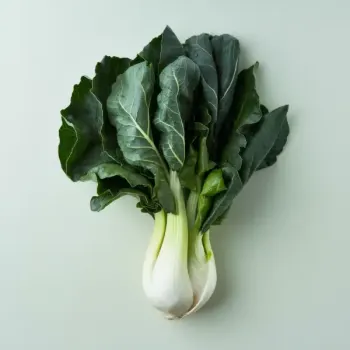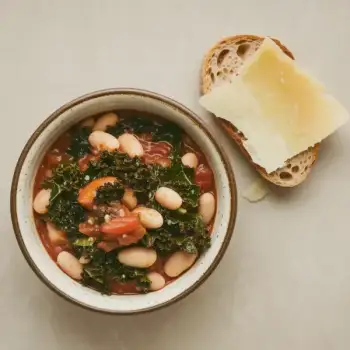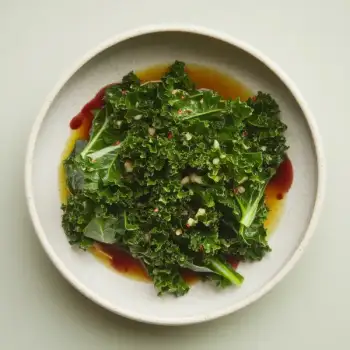


Frozen
Some brands offer frozen vegetable stock, which can be a fresher alternative to shelf-stable options and is used after thawing.
Liquid
Vegetable stock sold in liquid form, either in cartons or bottles, ready to use as a base for soups, stews, and sauces.
Powdered
Dehydrated vegetable stock in powder form, convenient for quick dissolving and flavoring dishes.
Concentrated
A more potent form of vegetable stock, such as bouillon cubes or paste, which requires dilution with water before use.




liquid vegetable stock: Kitchen Basics, Pacific Foods
powdered vegetable stock: Knorr, Vogue Cuisine
concentrated vegetable bouillon: Better Than Bouillon

Roasting: Roasting vegetables before adding them to the stock pot can enhance the flavor of the stock. Caramelization brings out the natural sweetness and complexity of the vegetables, resulting in a richer, more robust stock.
Deglazing: After roasting vegetables, deglazing the pan with a bit of water or wine can capture the flavorful bits left behind. This technique adds an additional layer of taste to the stock.
Simmering: Gently simmering the vegetables in water is the traditional method for making vegetable stock. This slow cooking process allows the flavors to meld and the nutrients to infuse into the liquid. Keep the simmer low to prevent cloudiness and maintain a clear broth.













